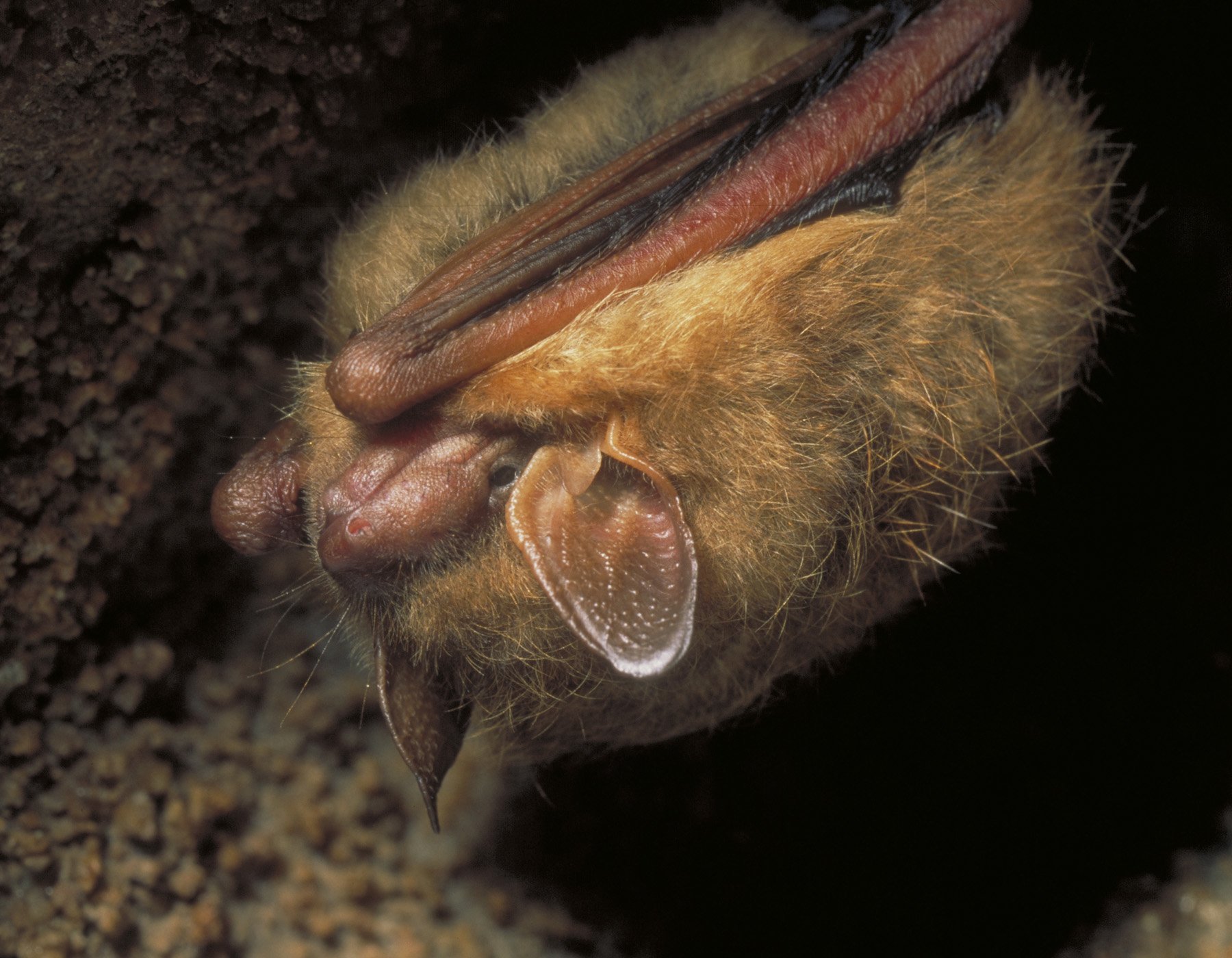The maggot-like larvae of mealworms – a type of shiny black beetle – and house crickets will be the third and fourth insects that can be sold as food for humans in the European Union. Eight more applications are awaiting approval.
On Tuesday, the EU gave the go-ahead for the larvae to be sold in powder, frozen, paste and dried forms. The crickets can be sold as a partially defatted powder.
For many Europeans, the thought of eating creatures that wriggle or crawl in some form is unappealing. But insects, already a delicacy in top restaurants around the world, are a normal and healthy part of the diet in countries from Mexico to Thailand. They have also attracted the attention of scientists and companies trying to clean up agriculture and feed the planet’s growing population.
Insects are more commonly eaten in Asia, Africa, and South America than in Europe and North America. Image: AFLO/imago images
Reducing meat emissions a ‘huge challenge’
Most of the food pollution, which accounts for about a quarter of global warming, comes from meat and dairy. Cows and sheep emit methane, a potent but short-lived greenhouse gas, and farmers cut down forests to make pastures and grow soy, three-quarters of which is fed to livestock.
When fried crickets and mealworm salads replace some steaks and hamburgers, they can make a small contribution to halting biodiversity loss and climate change.
“It’s such a big challenge to cope with the increasing demand for livestock products,” said Tim Searchinger, technical director of the food program at the World Resources Institute, a US environmental research organization. “We have to pursue pretty much every solution.”
The meat and dairy industry is responsible for the majority of greenhouse gas emissions from foodImage: Mark Baker/AP/Picture Alliance
“Nobody is forced to eat insects”
The European Commission’s decision to approve two new insects as food does not appear to be part of a push to change diets, although it said eating insects “contributes positively to the environment, health and livelihoods”.
Instead, the new rules make it clear that mealworm larvae and house crickets are safe to eat for those with allergies. They also ruled that foods containing them must be labelled.
“No one is being forced to eat insects,” the European Commission said in a tweet last week.
Still, the move could accelerate the shift to less polluting diets. In Germany, for example, about half the population plans to eat less meat, while in the United States people are eating more meat but swapping beef for less polluting meats like chicken. Insect protein could be a cheap alternative, especially in processed foods.
Between 35% and 60% of the dry weight of insects consists of protein. The low end of the range is higher than most plant-based protein sources and the high end is higher than meat and eggs. Insects are better than cattle at converting calories in their food into calories for their bodies. They also multiply quickly and gain weight quickly.
Taking a bite of edible insects
To view this video, please enable JavaScript and consider upgrading to a web browser that supports HTML5 videos
Only a handful of studies have attempted to establish the environmental damage caused by eating insects. A life cycle assessment published in 2021 found that protein from yellow mealworms uses 70% less land and pumps 23% fewer greenhouse gases into the atmosphere than the same amount of protein from broilers.
Previous studies have also found that insects are better for the environment than meat but worse than plants.
Disgust remains “biggest hurdle”
Still, it might be difficult to convince people in the EU and US to eat more insects.
According to a 2020 report by the European Consumers Organisation, an umbrella organization partly funded by the EU, three quarters of European consumers are unwilling to swap meat for insects and another 13% are unsure. According to a 2022 report by Germany’s Environment Agency UBA, 80% of people in Germany say they are disgusted by the idea of eating insects.
“Disgust is considered the biggest barrier to introducing insects into the western food market,” the authors write.
Although the Western diet includes other foods associated with putrefaction, such as moldy cheese and mushrooms, research into whether these barriers can be overcome is still in its infancy.
A study published in December found that people were more willing to eat insects after being educated about the environmental benefits.
A separate 2020 study showed that social norms changed people’s openness to eating locusts.
“Because humans are a particularly social species, exploiting the social nature may prove particularly useful,” the authors write.
Insect feed as an alternative to grain for livestock
A more likely role for insect protein might be feeding to livestock. This would circumvent cultural norms that discourage some people from wanting to eat insects. If the insects were raised on organic waste — as some mealworms and fly larvae do well — the process could effectively recycle some of the vast amounts of food that is wasted each year.
But breeding insects to feed animals adds an extra step to the food production process that means more energy is wasted through inefficiencies. Only a portion of the calories the insect eats gets to the bug-fed chicken—and only a portion of those calories get to the person eating the chicken wing.
If the insects were fed crops like soy or corn, and then those insects were used to feed livestock, the planet could be worse off than if the animals ate the grain directly.
“The problem is that you have to go through two conversions,” Searchinger said. “There is some potential [for feeding insects manure] but it’s ultimately not as effective as making the feed directly.”
Edited by: Jennifer Collins








